Best camera phone in the Middle East for 2020: The top smartphone snappers
It's 2020 and the best camera phones feature 108MP sensors, while some phones have as many as five snappers around the back and the Samsung Galaxy S20 is pegged to capture up to 8K video - 8K!?
All this breakthrough technology is fantastic, but it also makes picking the right camera phone more confusing than ever.
The iPhone 11, iPhone 11 Pro and iPhone 11 Pro Max are Apple's newest smartphones, and the tech giant has finally caught up with the competition, introducing a dedicated night mode and an ultra-wide camera on all three.
At TechRadar we put all smartphone cameras through rigorous testing in different lighting conditions, scenarios, and subjects, to work out how each camera performs at different tasks.
Beyond the specs and capabilities of the camera itself, there are a number of aspects about the phone you’ll also want to consider. For example, getting a high-storage option or one that supports a microSD card will be helpful if you capture lots of 4K video, and battery size and screen quality help you in various ways too.
So to help you, we've compiled this list of the best camera phones, that we've tested extensively, to help you when it comes to choosing your next camera phone.
Best camera phones 2020 at a glance:
- iPhone 11 Pro
- Huawei P30 Pro
- Oppo Reno 10X Zoom
- Samsung Galaxy Note 10 Plus
- iPhone 11
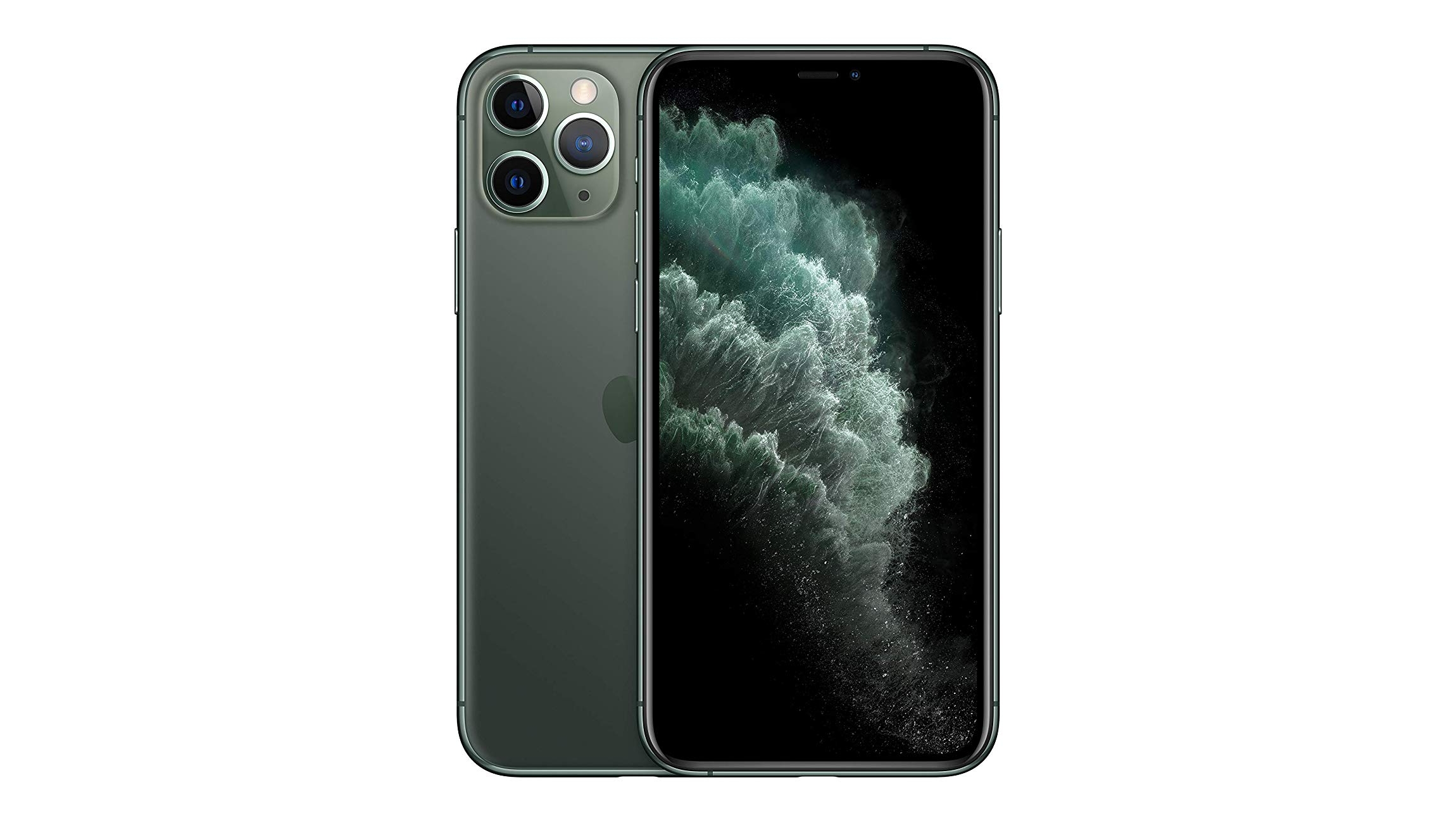
The iPhone 11 Pro doesn’t just feature the best smartphone camera Apple’s ever made, it’s also the best camera phone money can buy for a certain type of user. It’s reliable - you take a shot and it’s likely going to be a good one, even in middling light. Dynamic range is strong, and with three cameras, it’s versatile too.
The primary camera features a 26mm focal length, perfect for grabbing everyday snaps. The ultra-wide camera takes a step back so you don’t have to, getting more in the frame with its 13mm focal length. As for the telephoto camera, as with the iPhone XS, it zooms into your subject with a 52mm focal length - perfect for portraits.
While there’s no manual mode and the 12MP resolution is meagre on paper compared to some of the competition, results still impress, and Apple has introduced a new night mode which can hold the shutter open for incredible low light photography.
This can’t beat the Astrophotography feature on the Pixels when steadied on a surface or a tripod, but handheld, it’s up there with the best of them.
Add to the mix a beautifully consistent color and tonal profile across all three cameras, and if you’re an Apple fan looking for a camera champ, this is as good as it gets.
Read our full iPhone 11 Pro review
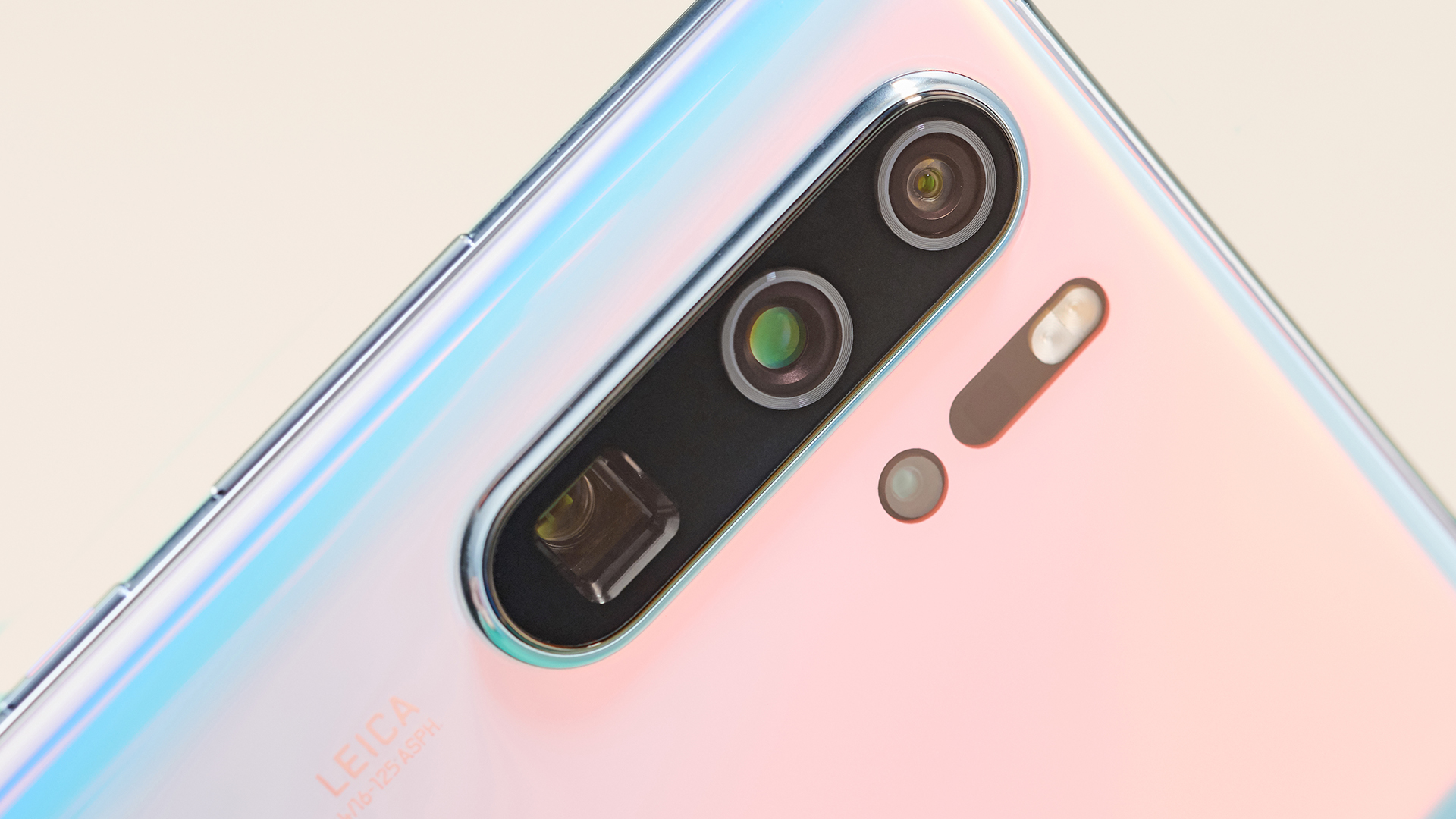
The Huawei P30 Pro has got to be pretty special, given the fact it still clings onto a top three spot despite launching at the beginning of 2019.
Its excellence comes down to its 'periscope' telephoto lens which takes astounding optically zoomed-in shots at a distance, and its fantastic low light performance, that actually bests the iPhone 11 Pro and Google Pixel 4s in automatic mode, though not always in night mode.
There were a lot of cameras to test on this phone, including four on the back: a 40MP main lens, an 8MP telephoto lens, a 20MP ultra-wide lens, and then a ToF (time-of-flight) camera to sense depth for portrait photos.
The Huawei P30 Pro camera also uses an RYYB (red yellow yellow blue) sensor instead of the industry-standard RGB (red green blue) sensor to capture more light, and it shows. The snaps we took for our review had more detail and less shadow than most of the competition, yet they didn't look completely overexposed.
It's all amazing for a smartphone, but not entirely perfect. We did notice some purple fringing in areas, and the camera software controls aren't always responsive when switching between ultra-wide, 5x zoom, 10x zoom and digital 50x zoom. But the fact that you can get insanely close to objects with a 50x zoom and also shoot at night as if all of the lights were on really sets a new bar for camera phones.
Read our full review: Huawei P30 Pro
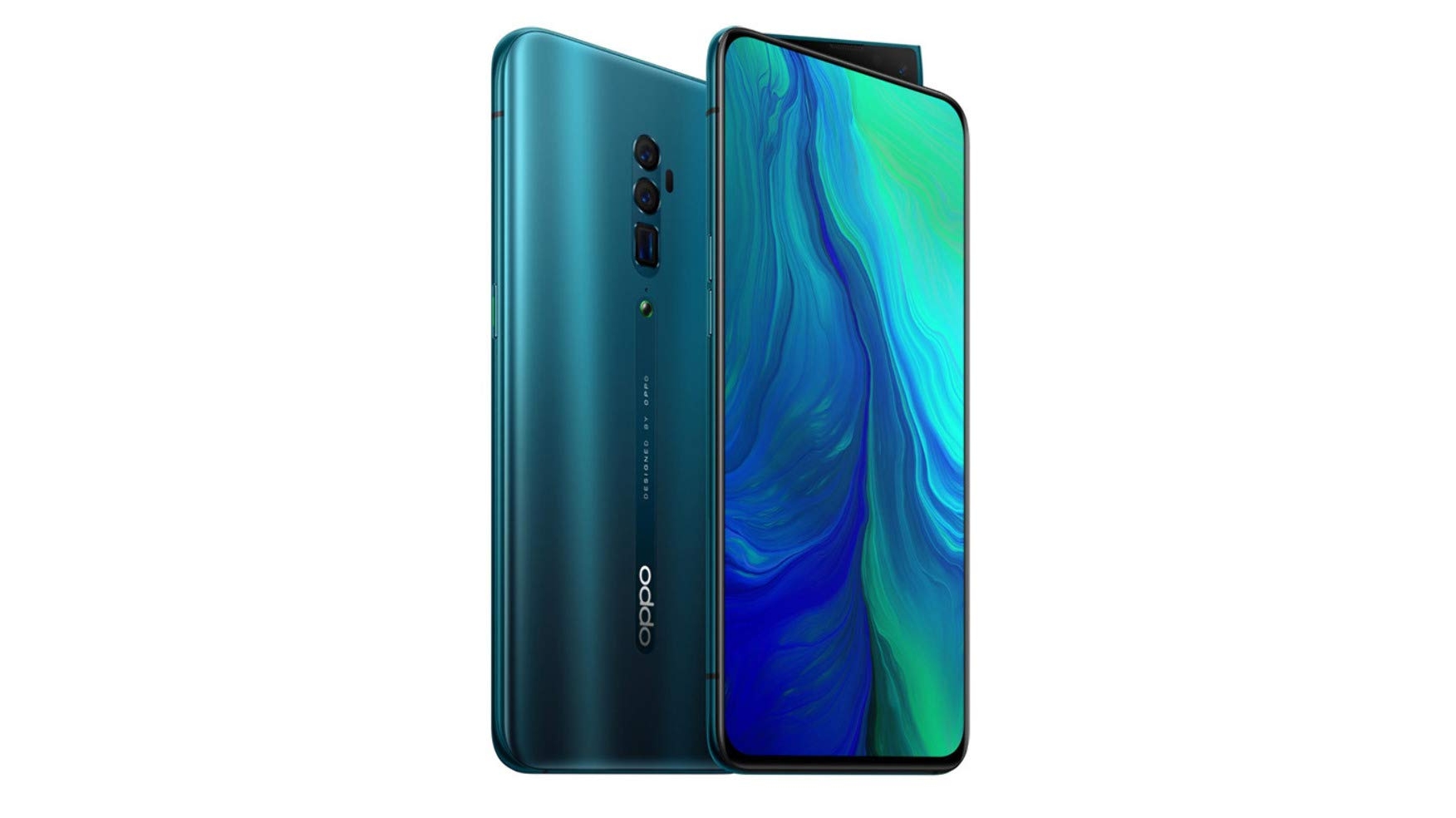
The Oppo Reno 10X Zoom also features a periscope camera that shoots with a roughly 5x optical zoom. Its main camera captures detailed stills at 12MP by default, but that can be bumped up to 48MP when the light is right. Additionally, there’s an ultra-wide camera which snaps with a 16mm focal length.
This versatility when it comes to shooting with phones packing big optical zooms can’t be overstated. Ideal for concerts and sports events, the Reno can grab 20 burst shots close-up, so you can make sure you grab that decisive moment, and bin the pictures that don’t make the cut.
The Reno 10X Zoom was lacking a few features when it launched; you couldn’t shoot video with the ultra-wide or zoom cameras for example. In addition, photography enthusiasts would have felt the absence of RAW capture.
That said, there’s a competent pro mode for manual shooting, and a night mode too, which helps keep it competitive, even if it can’t topple the likes of the P30 Pro.
Read our full Oppo Reno 10X Zoom review
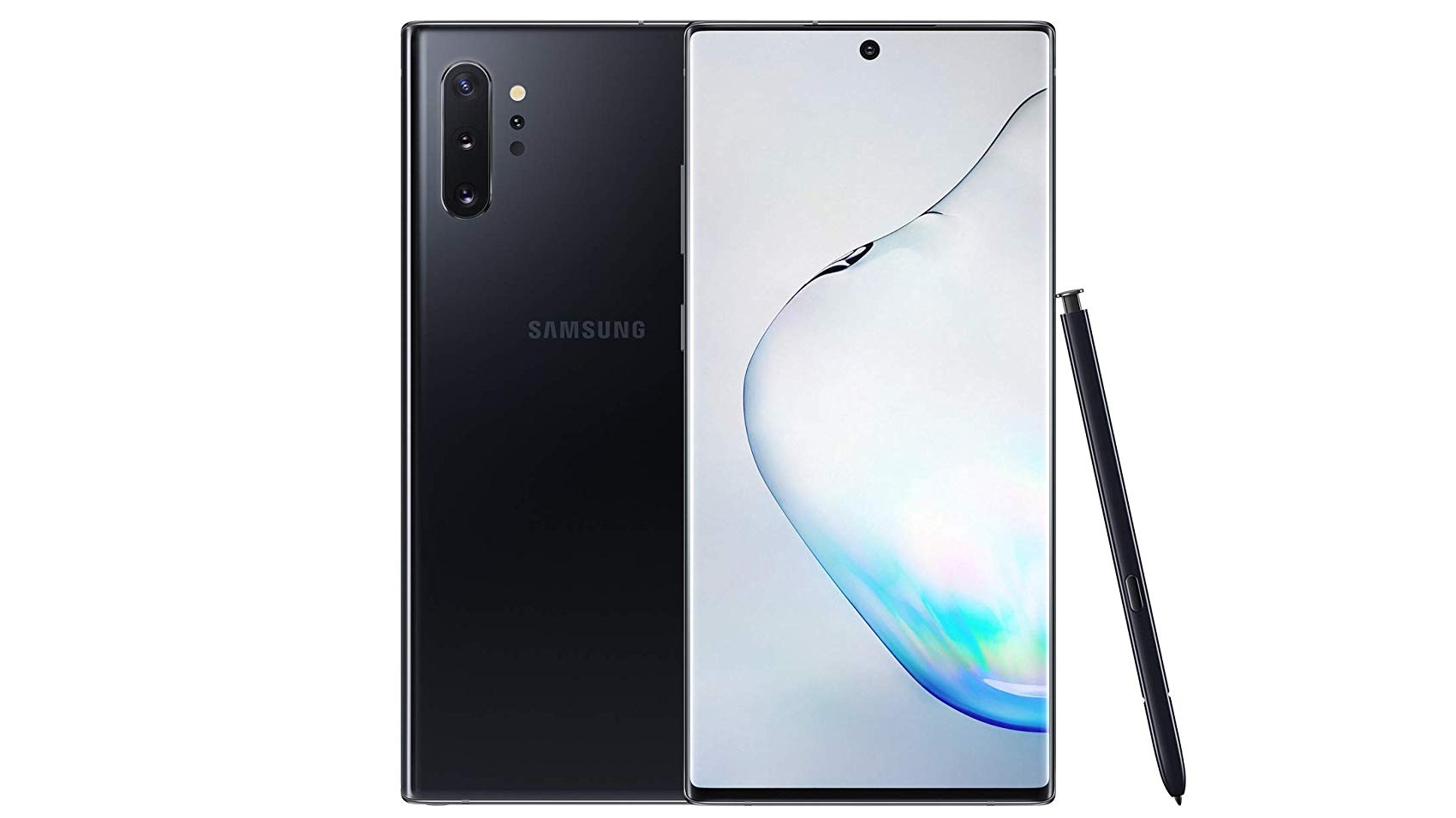
Samsung’s smart dual-aperture main camera introduced on the Samsung Galaxy S9 is back, flipping between f/1.5 and f/2.4 without breaking a sweat. This time, on the Note 10 Plus, it’s combined with a 12mm ultra-wide camera that lets you grab wider shots than virtually any other camera phone around.
That isn’t the only addition to the Note 10 Plus - this time, there’s a time-of-flight sensor, as found on the Huawei P30 Pro, and this captures depth information for improved background defocus and bokeh when shooting in Live Focus (portrait) mode.
Samsung’s camera UI is also incredibly comprehensive, with a pro mode that can keep the shutter open for in excess of 30 seconds, as well as an improved night mode, which tries to take down the likes of Huawei and Google.
Unfortunately, this is where it drops the ball by comparison, but despite good, not sensational night shots, the Note 10 is still a seriously good camera phone, and its clever S Pen can even act as a remote shutter for the times you prop your Note on a surface and snap stepped-back group shots.
Read our full Samsung Galaxy Note 10 Plus review
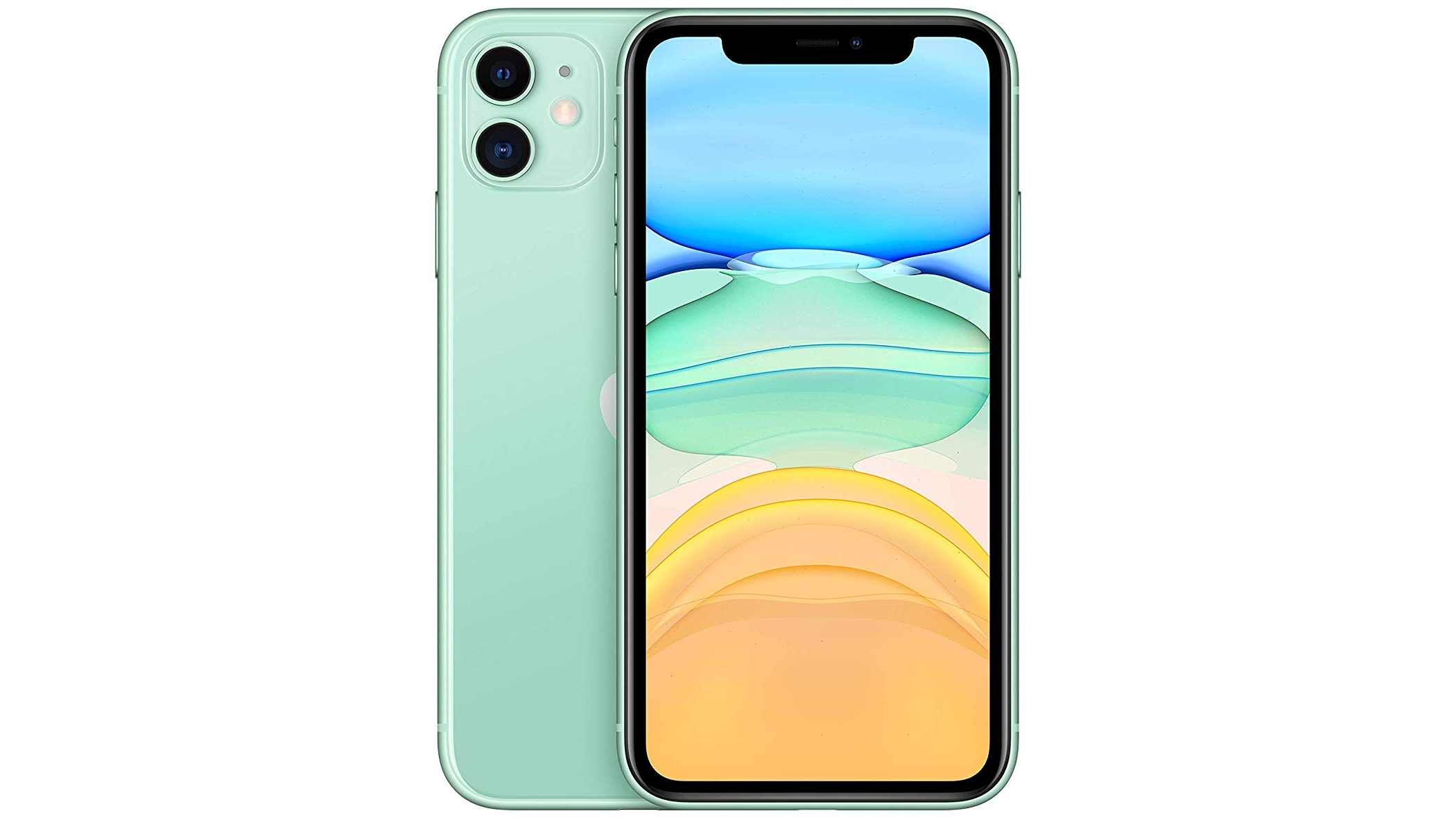
Unlike the iPhone 11 Pro, the vanilla iPhone 11 misses out on a telephoto camera, instead packing an Asus ROG Phone 2-style wide + ultra-wide dual snapper around the back.
Still, we’re delighted to see the new long exposure night mode fires up when shooting in low light on this lower-cost model.
This means the iPhone 11 can see in the dark, even when you’re hand-holding the phone, and the photo quality across its primary and ultra-wide cameras is fantastic. Another area all the iPhones in our list excel is video capture; they all shoot 4K resolution video at up to 60fps, and do so across all their lenses.
With smooth transitions between lenses and iMovie on board for basic edits, if we were going to pick up a smartphone for some easy-to-use, high-quality filmmaking, it would be any of the iPhones on our list.
Read our full iPhone 11 review
0 comments:
Post a Comment